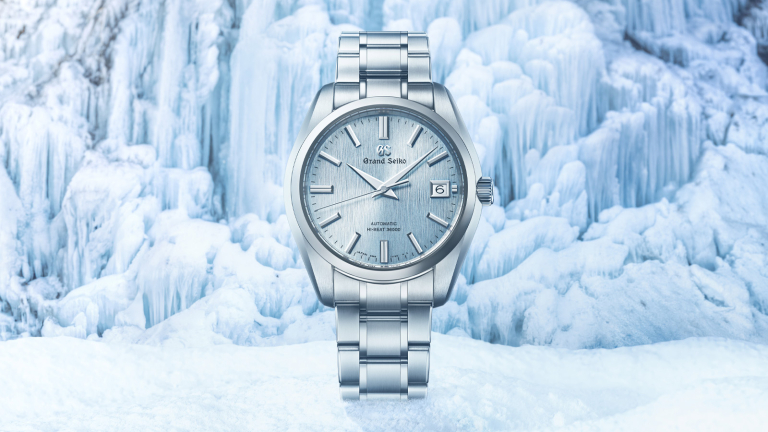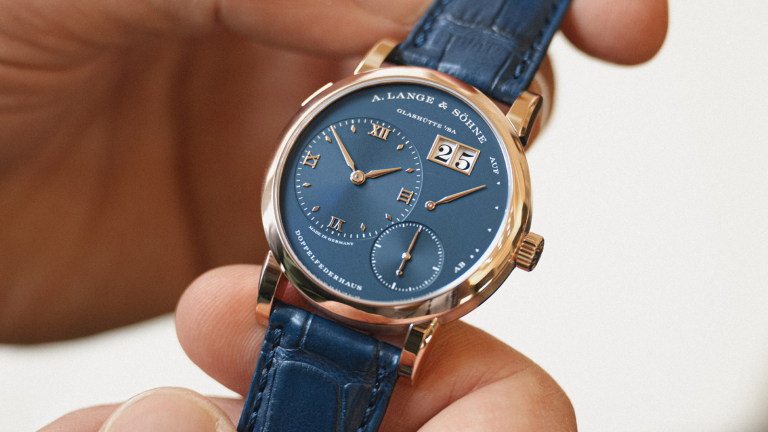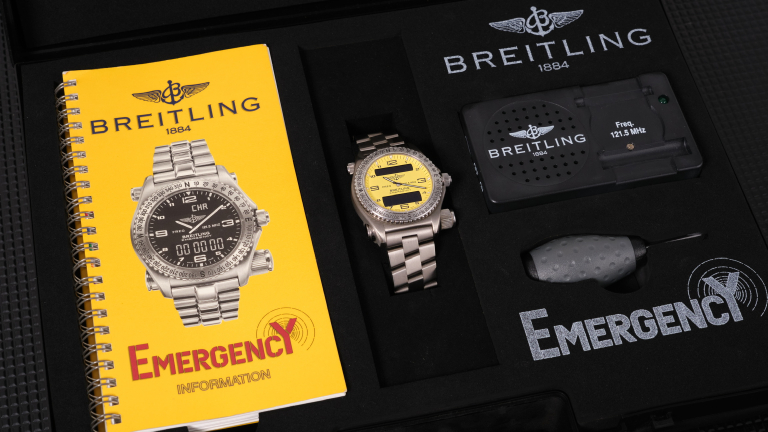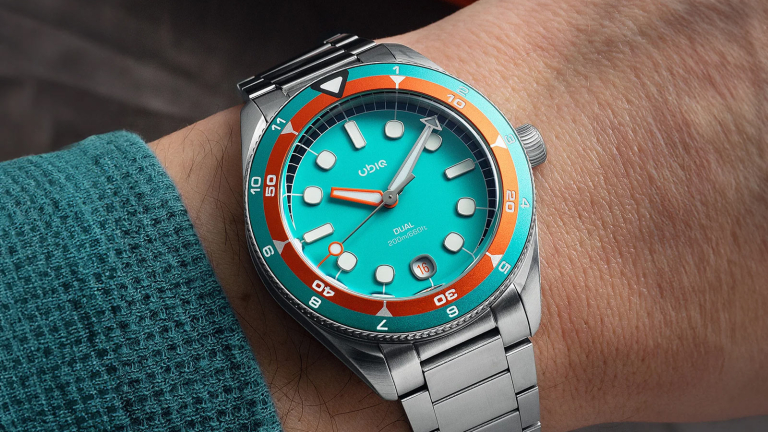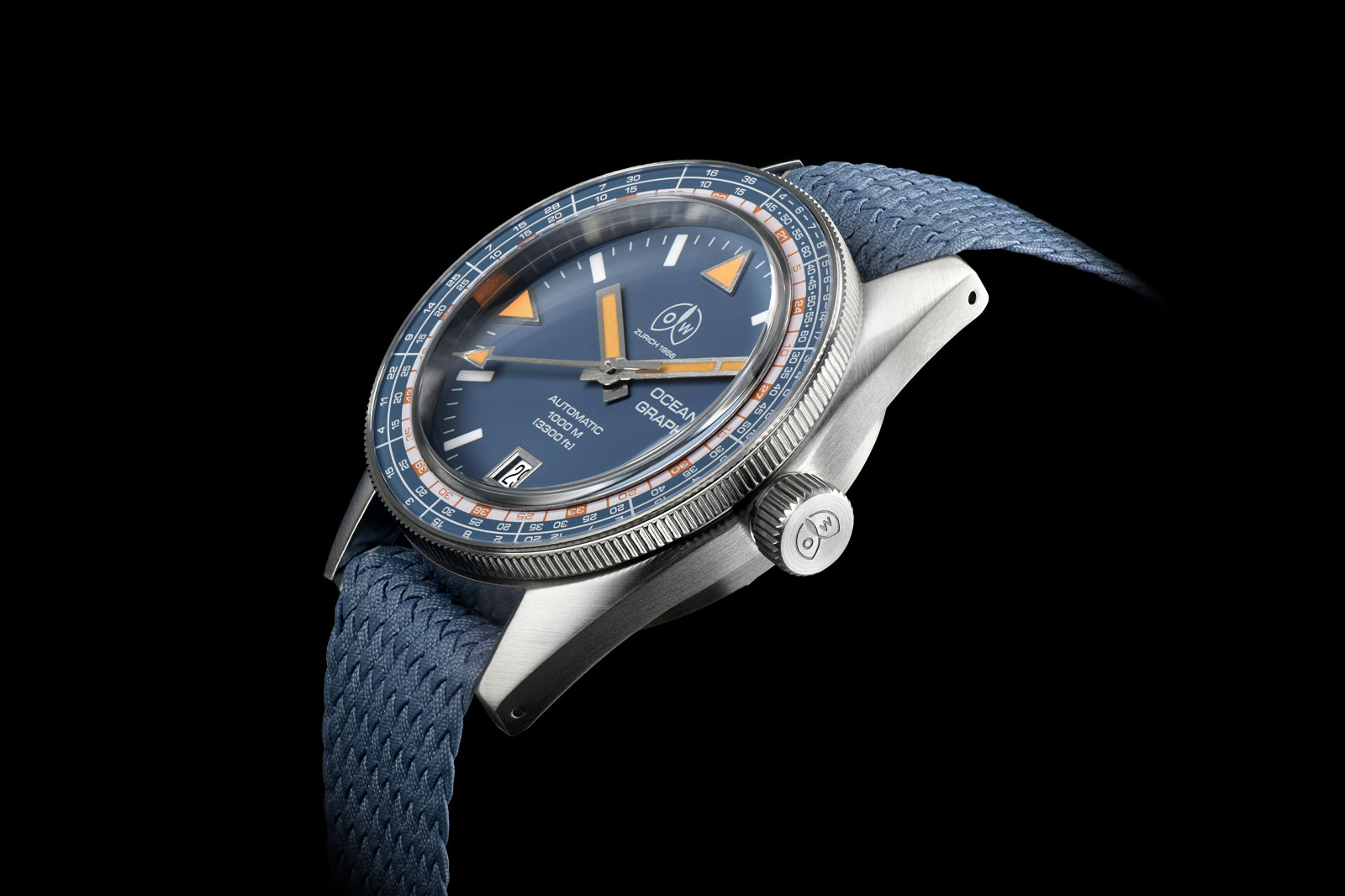
Free diving is a sport that seems utterly terrifying to those who have never experienced it. Veteran divers can spend upwards of five minutes beneath the waves and in certain disciplines reach depths of over 50m – deeper than the majority of recreational scuba divers. In October Ollech & Wajs ambassador Siri Østvold competed at the Freediving World Championship in Kalamata, Greece, wearing the Ocean Graph. She achieved an incredible national record for Norway.
It’s interesting to hear the account of a professional diver using a professional tool watch. For example, while you or I might look at the Ocean Graph and immediately be drawn into the traditional dive watch spiel that it’s used to time decompression periods – the Ocean Graph even replaces the typical timer bezel with a decompression table for this purpose – Siri finds her own ways to make the timepiece work in her preparation.
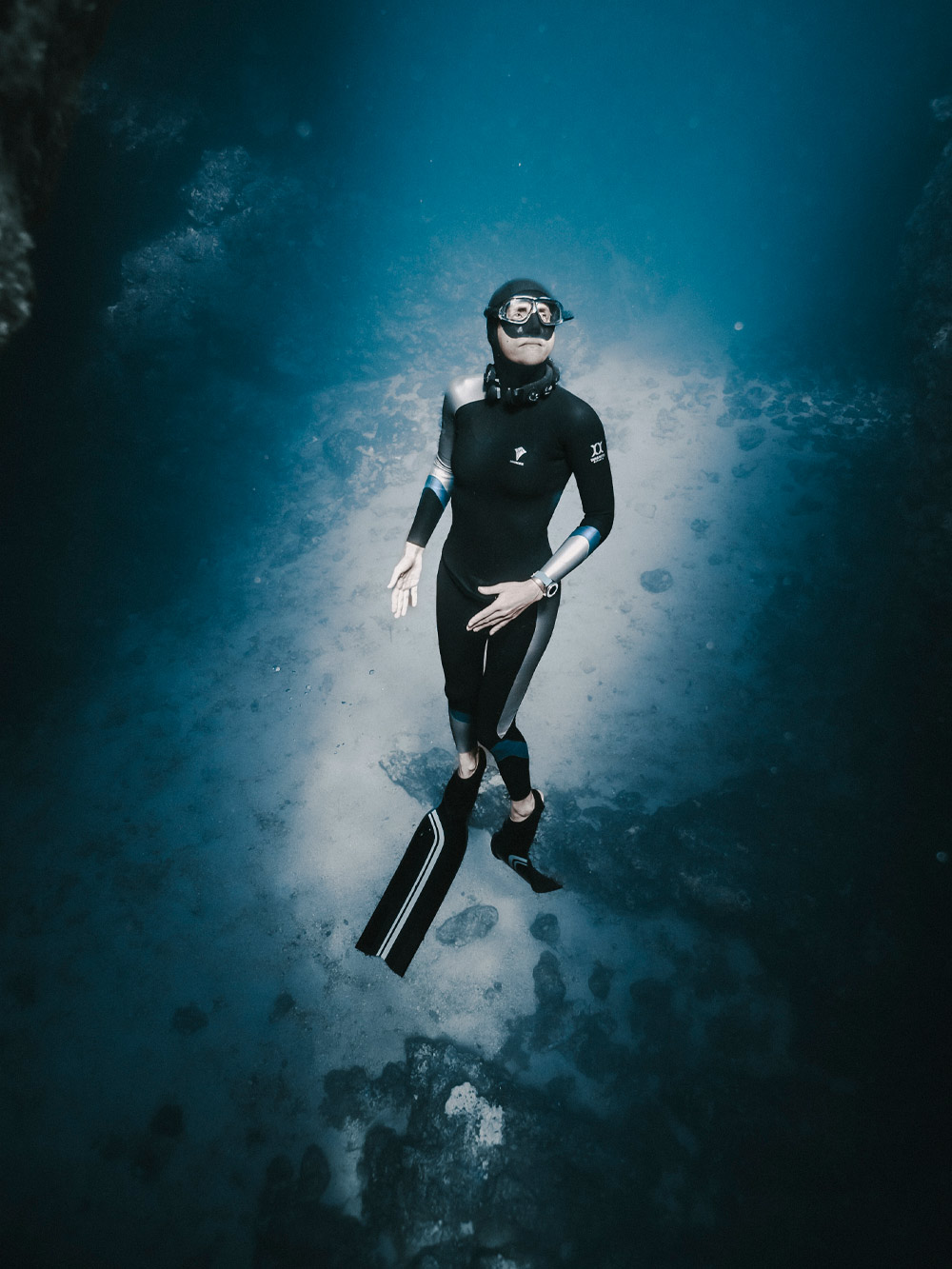
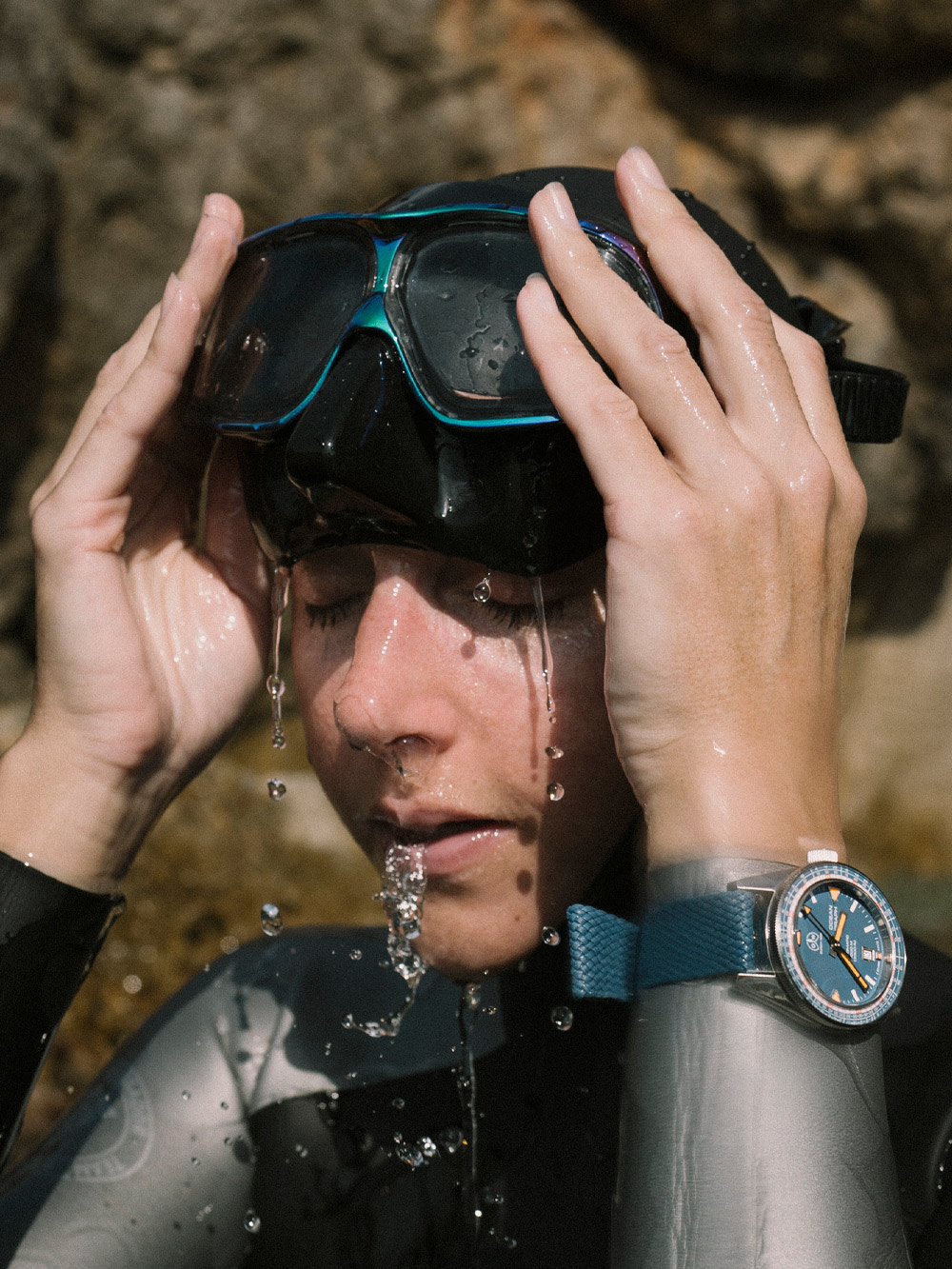
Image credit: Federico Buzzoni
“Recovery periods between dives must be just as perfectly timed,” she says. “Time on the surface must be relative to a number of factors such as the depth and duration of the previous and next dive and an individual diver’s own physiology — everybody handles CO2 and O2 differently.”
The Ocean Graph is also perfect for freediving because with a size of 39.5mm x 15.8mm case it isn’t too bulky (while being no shrinking violet) and also features an incredible water resistance rating of 1,000m. It might sound like overkill (and it technically is) considering Siri can reach depths of around 60m but it’s important to remember that a watch needs to have a water resistance rating much higher than the depth you actually want to use it at due to the impact of water pressure and movement.
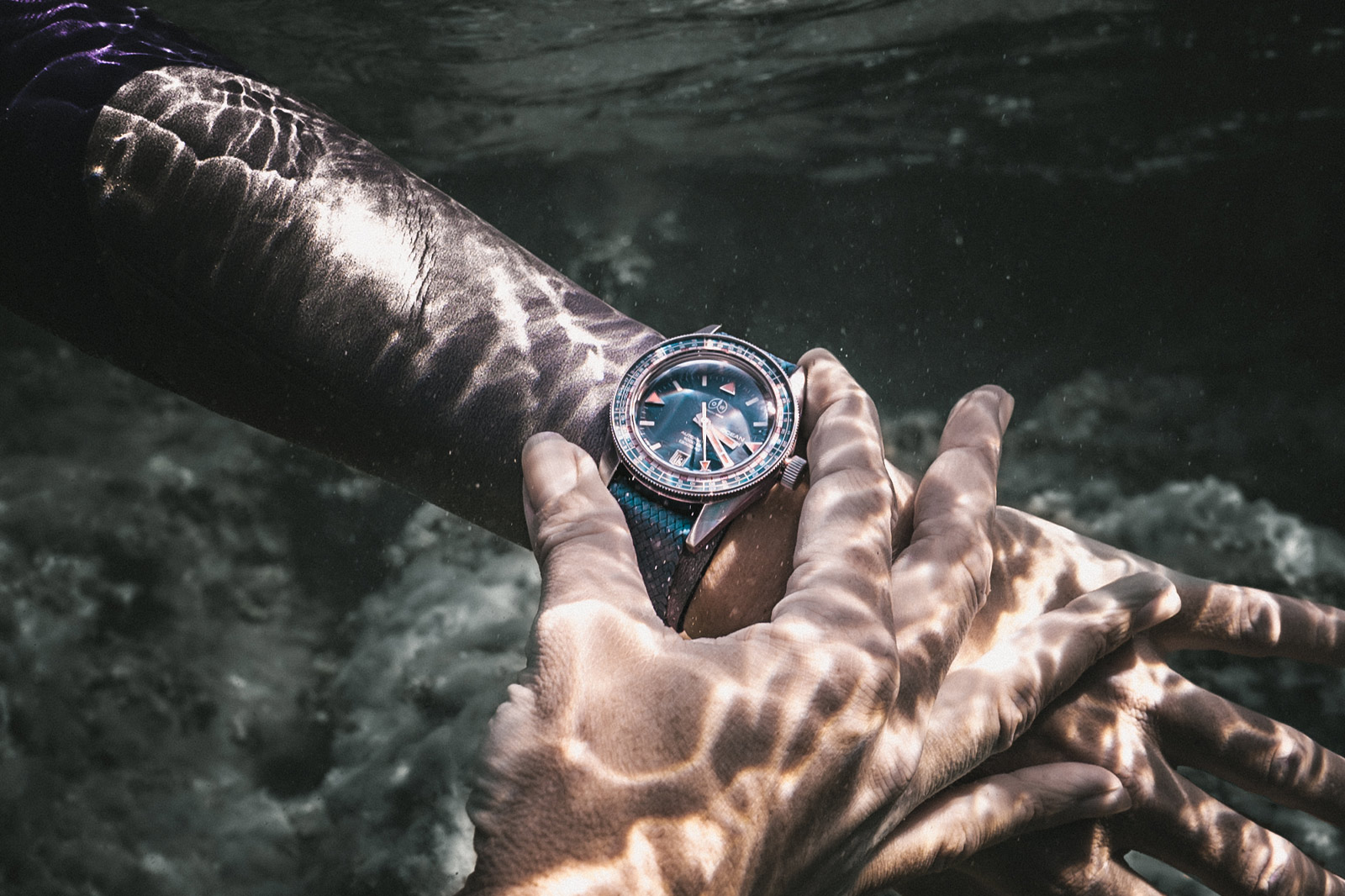
Image credit: Federico Buzzoni
Typically, we say 300m is the minimum you’d want to consider for recreational scuba so for a professional athlete, looking at a more serious water resistance rating makes a lot of sense – Siri is going up to 20m deeper without assistance. In fact, when the Ocean Graph was first developed in 1968 it was rated to 300m exactly because it was designed for recreational diving. It was the recreational counterpart to the more intense Caribbean 1000 that first attained a 1,000m water resistance rating a few years prior.
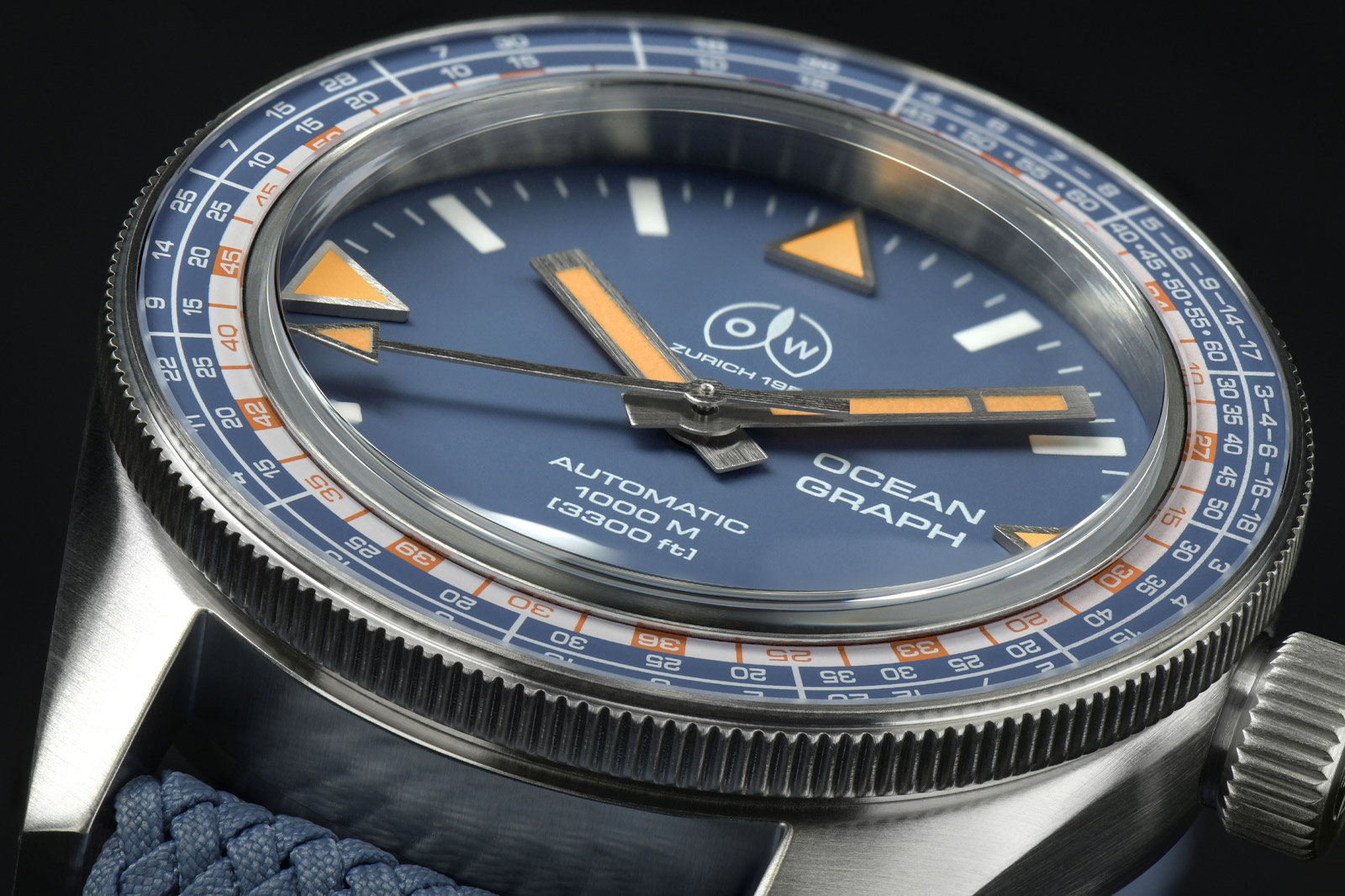
Part of the Ocean Graph being more recreationally focussed is the fun combination of colours found on its display. Siri says, “I really love the contrast of the chalky blue dial and the triangular orange markers, but the watch saves its best surprise for dusk when the green and orange lume come to life”. Of course, she gets to see more of the lume than most down in the darkness of the oceanic depths.
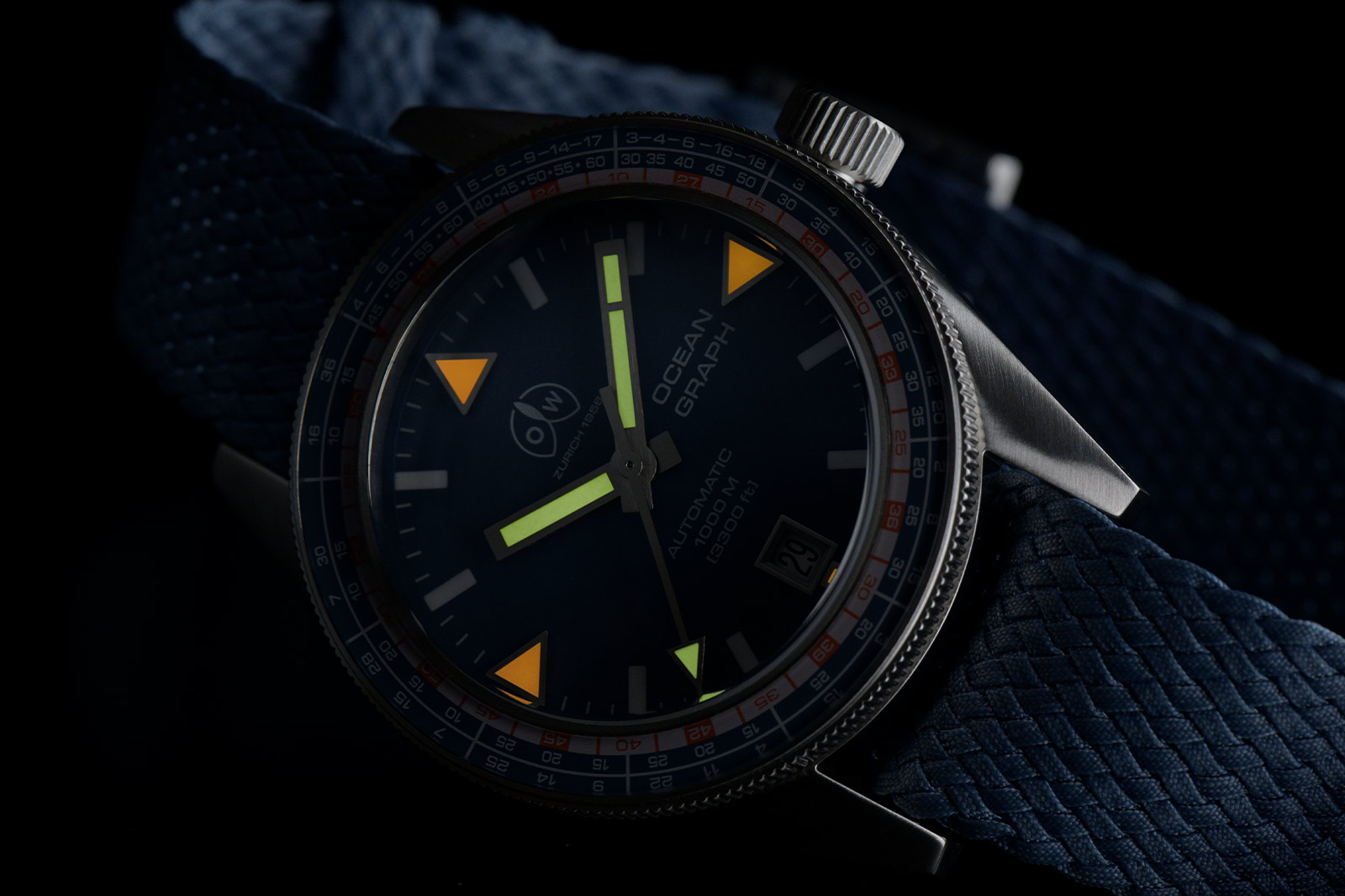
Powering the Ocean Graph is the Automatic ETA 2824-2 OW5P, an automatic calibre with a 38-hour power reserve. It’s equipped with an Ollech & Wajs machined rotor, although it remains hidden by the solid steel caseback. It’s a solid enough movement though it would be nice to see that power reserve increased. It has an overall price of £1,566 on woven perlon strap or £1,794 on bracelet.
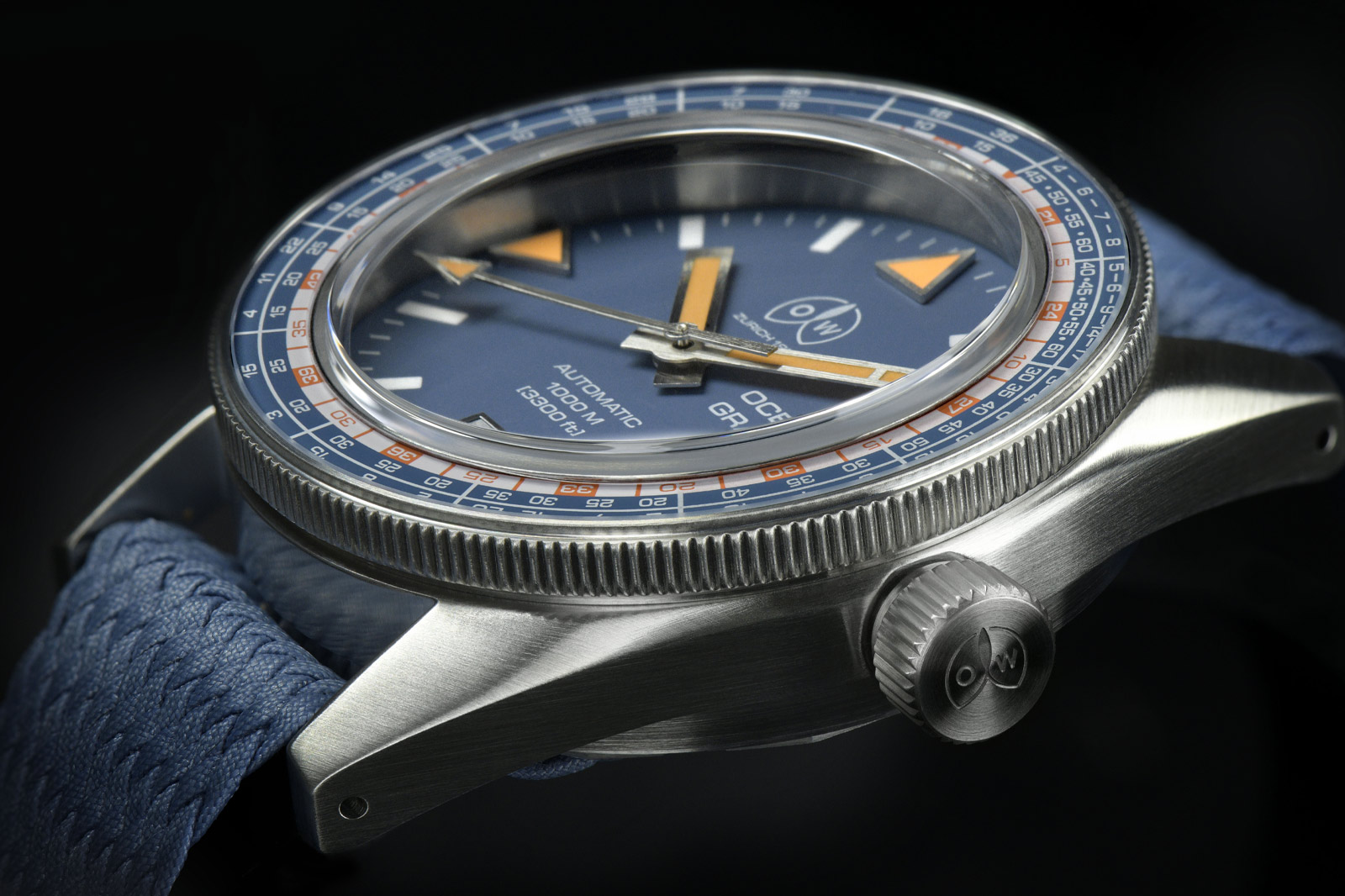
One thing’s for certain. With a watch like the Ocean Graph on your wrist you can feel the confidence to push yourself to the limits just like Siri Østvold. And who knows, while she achieved a national record this year, perhaps next time she’ll walk away with a title.
Price and Specs:
More details at Ollech & Wajs.

